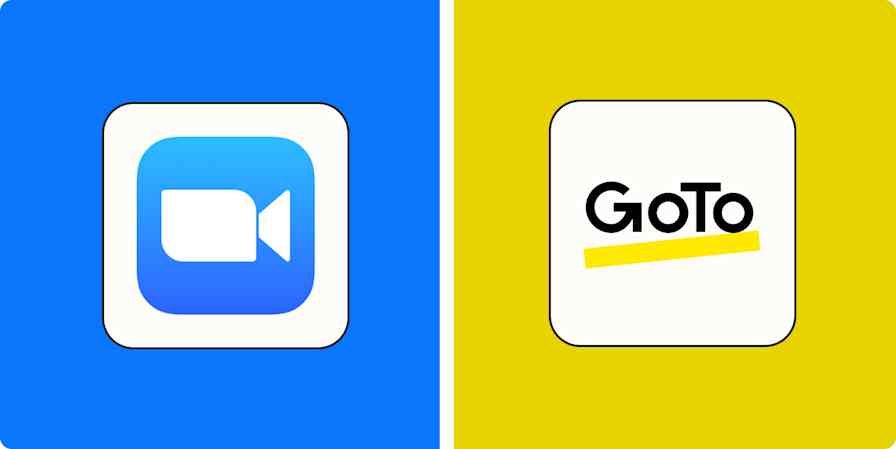App comparisons
12 min readGoogle Meet vs. Zoom: Which video conferencing platform is better? [2025]
By Luke Strauss · January 29, 2025

Get productivity tips delivered straight to your inbox
We’ll email you 1-3 times per week—and never share your information.
mentioned apps
Related articles
Improve your productivity automatically. Use Zapier to get your apps working together.







